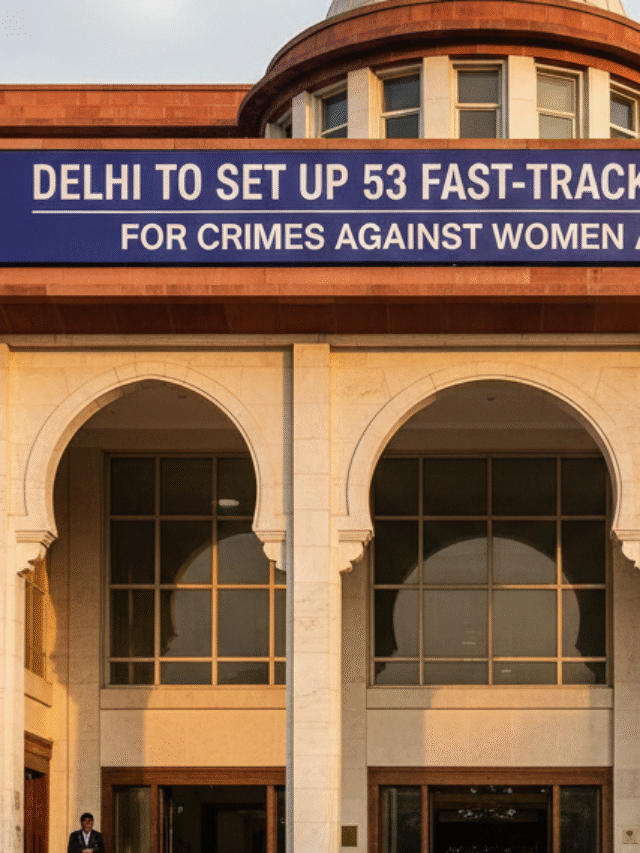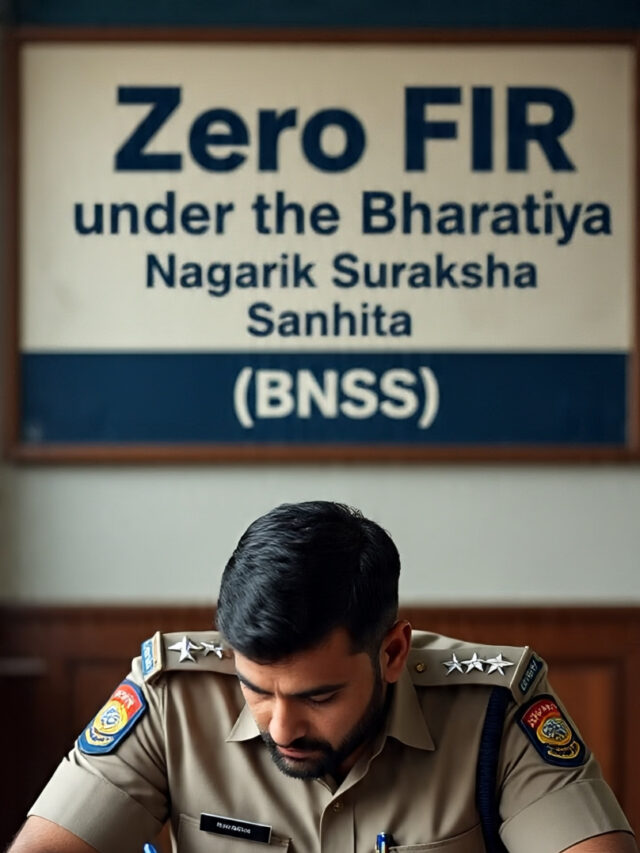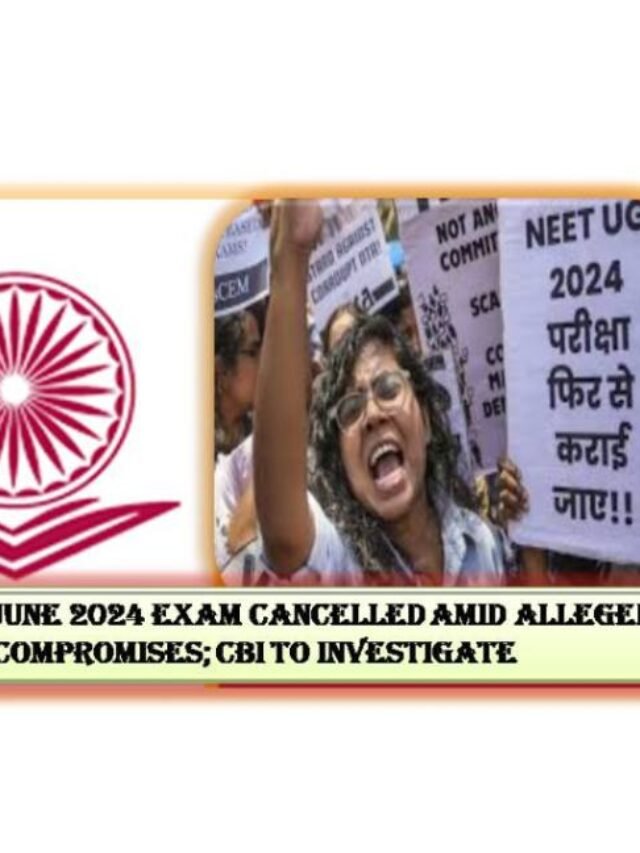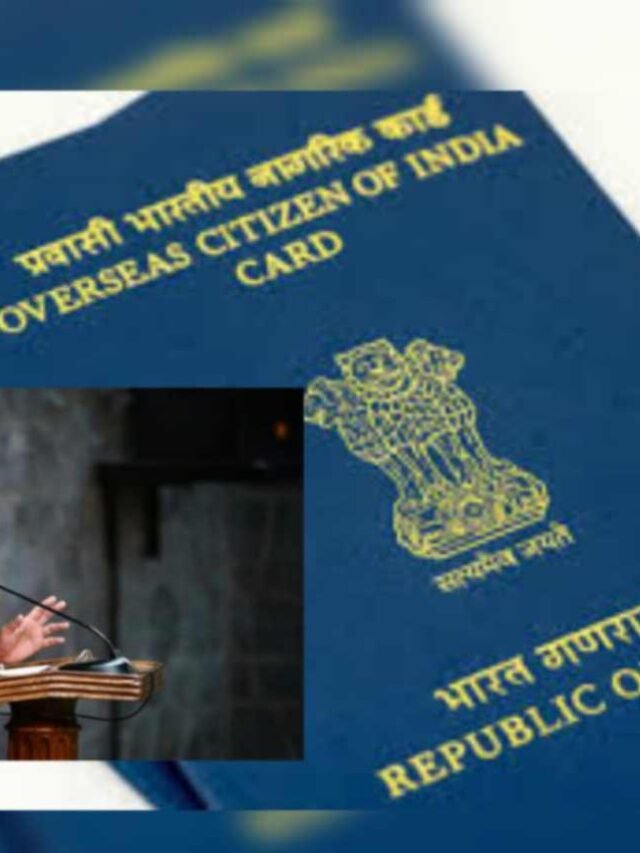Definition and Analysis of Criminal Conspiracy
Introduction
Conspiracy denotes the collaboration of two or more individuals for illicit purposes, constituting an agreement to engage in unlawful activities. It is the coordination between parties to commit an illegal act. Criminal conspiracy, recognized as a distinct offense under the Indian Penal Code, 1860 (IPC), is typically charged alongside other substantive offenses. Chapter V-A, introduced in 1913, specifically addresses the offense of criminal conspiracy in the IPC.
This discussion aims to examine the substantive offense of criminal conspiracy, supported by pertinent case precedents.
Section 120A of the I.P.C.
Section 120A of the I.P.C. defines criminal conspiracy as an agreement of two or more persons to do or cause to be done:
An illegal act, or;
An act that is not illegal by illegal means.
Definition of ‘Illegal’ in Section 43 of iPC
Section 43 of the IPC explicates the term ‘illegal’ to encompass anything that constitutes an offense, is prohibited by law, or provides grounds for a civil action.
Provision in Section 120A
The proviso linked to Section 120A stipulates that a mere agreement to commit an offense constitutes criminal conspiracy, and there is no necessity to establish an overt act or illegal omission. The requirement for an overt act arises only when the conspiracy aims at the commission of an illegal act that does not amount to an offense. Whether the illegal act is the primary objective of the agreement or is merely incidental to that objective becomes immaterial.
Key Elements of Criminal Conspiracy
The fundamental requirements of this section can be summarized as follows:
A consensus or agreement between two or more individuals is essential.
In cases where conspirators commit multiple offenses as part of the criminal conspiracy, all individuals involved shall be held accountable for the offenses, irrespective of whether some of them played a passive role in the actual commission of the crimes.
Conditions for Agreement in Criminal Conspiracy:
The Supreme Court, in the case of R Venkatkrishnan vs CBI, has delineated the essential elements of criminal conspiracy as mentioned below.
Agreement to Commit an Illegal Act:
The agreement should involve the intention to perform an act forbidden by law or contrary to legal principles.
Agreement to Perform a Legal Act Using Illegal Means:
The agreement must aim to accomplish a lawful act through illegitimate methods, constituting criminal conspiracy.
Expressed, Implied, or Partly Both
The agreement, whether explicitly stated, implied, or a combination of both, triggers the initiation of conspiracy.
Once the agreement is established, the conspiracy comes into existence, and the offense is deemed committed.
Continued Offense as Long as the Collaboration Persists
The same offense persists as long as the collaborative effort among the conspirators endures.
The primary objective behind the incorporation of Sections 120A and 120B into the Code seems to be an effort to preemptively address criminal intentions before they materialize into concrete criminal actions, which could be detrimental to society. Section 43 of the Code defines an ‘illegal’ act under the Indian Penal Code as the commission of an offense, an act forbidden by law, or an act leading to civil liability.
Establishing the offense of criminal conspiracy necessitates the existence of an agreement between the involved parties, making this agreement, whether express or implied, contingent upon consensus ad idem, or the meeting of minds.
The agreement’s totality must be considered, and the objective discerned. It is not obligatory for more than one person to be convicted for the offense of criminal conspiracy; the court’s conviction that at least two persons were involved is sufficient. The participant may join the conspiracy at its inception or at any point before the agreement’s objectives are achieved; regardless of the timing of involvement, each party to the offense shares equal responsibility.
A criminal conspiracy persists as long as the parties involved continue to act in furtherance of the agreement’s objectives.
Proof Of Conspiracy
The proof of the offense of criminal conspiracy can be achieved through either direct or circumstantial evidence. Typically, a conspiracy unfolds in secrecy, making it challenging to present affirmative evidence regarding the conspiracy’s formation date, involved individuals, its objectives, or the means to execute those objectives. Much of this information relies heavily on inference.
Traditionally, it was believed that the agreement or meeting of minds is a pivotal piece of evidence to demonstrate conspiracy under this section. However, proving this element is exceptionally challenging because offenders rarely admit their involvement. The proof often hinges on circumstantial evidence, emphasizing the absence of direct confirmation.
It is noteworthy that there is no recognized conspiracy between spouses as they are considered a single legal entity.
Section 10 of the Indian Evidence Act, 1872
Section 10 of the Indian Evidence Act embodies the principle that when a conspiracy to commit an illegal act is established, the actions of one conspirator are attributed to another. This section pertains to the admissibility of evidence in conspiracy cases, stating that any statements, actions, or writings by any conspirator concerning their shared intention are admissible against all conspirators. This admissibility serves to prove the conspiracy’s existence or the involvement of any individual in the conspiracy. However, before admitting such a fact, the following criteria must be met:
There must be reasonable grounds to believe that two or more persons have conspired to commit an offense or an actionable wrong.
Any statement, action, or writing by any one of them regarding their common intention will be considered as evidence against the others, only if it is expressed, performed, or documented after the time when such intention was initially formulated by any one of them.
Punishments for Criminal Conspiracy
The punishments for criminal conspiracy are stipulated in Section 120B of the Indian Penal Code. The severity of punishment under Section 120A (criminal conspiracy) hinges on the nature of the offense. If the agreement pertains to a grave offense, the punishment is more stringent.
In cases where an individual conspires to commit an offense punishable by death, life imprisonment, or rigorous imprisonment for two years or more, and the Code doesn’t expressly specify its punishment, the individual is liable for punishment as if they had abetted such an offense. Abetment involves encouraging or assisting someone in committing a crime.
For conspiracies related to offenses not falling under the aforementioned categories (i.e., offenses not punishable by death, life imprisonment, or rigorous imprisonment for two years or more), the individual will face imprisonment of up to six months, or a fine, or both, at the discretion of the court.
Legal Precedent
Parveen vs. State of Haryana (2021) SC
In the case at hand, four accused, while being transported by the police from Central Jail, Jaipur to the Court of CJM, Bhiwani, were attacked by four individuals at the Railway Station Nangal Pathani. The assailants sought to rescue the accused, leading to a confrontation where the police party was attacked, and attempts were made to facilitate the escape of the accused.
Amidst the chaos, it was alleged that one of the accused shot and injured the Head Constable, who later succumbed to his injuries. The accused faced charges under various sections of the IPC, including Sections 224, 225, 332, 353, 392, 307, 302, and 120-B, along with certain offenses under the Arms Act.
The Sessions Court found the accused guilty, a decision upheld by the High Court of Punjab and Haryana on appeal. Subsequently, appellant Parveen @ Sonu approached the Supreme Court.
The Hon’ble Supreme Court, in its judgment, emphasized the necessity of concrete evidence demonstrating a meeting of minds between conspirators for the intended commission of an illegal act to hold an individual liable under Section 120B IPC. Due to the absence of such evidence, the Court acquitted the appellant, stating that maintaining the conviction solely based on alleged confessional statements without corroborative evidence is unsafe.
Kehar Singh and Others vs. State (Delhi Administration) (1988) SC
In this case, the Hon’ble Supreme Court affirmed that the central element of the conspiracy offense is an agreement among two or more individuals to commit an illegal act. The execution of the illegal act may or may not occur as per the agreement, but the agreement itself constitutes an offense and is subject to punishment.
State of Tamil Nadu vs. Nalini
This case, widely recognized as the Rajiv Gandhi assassination case, established that mere awareness of a conspiracy does not automatically classify an individual as a conspirator. The court emphasized that merely harboring the main accused does not present sufficient evidence to prove one’s involvement in the conspiracy; instead, it necessitates demonstrating a meeting of minds between the parties.
Bimbdhar Pradhan vs. State of Orissa, 1956
In this instance, the Supreme Court ruled that an individual could be convicted for the offense of conspiracy. It is satisfactory for the court to establish that two or more individuals were genuinely engaged in the criminal conspiracy. If the prosecution demonstrates that two or more individuals were implicated in a conspiracy and evaded capture, convicting a single individual remains justified.
Tapandas vs. the State of Bombay (1955) SC – Conspiracy Charges
In this legal case, the appellant, along with three others, faced charges under Section 120B, along with Sections 471 and 420 of the Indian Penal Code, related to a conspiracy to utilize forged documents. While the Trial Court acquitted all the accused, the High Court, upon appeal, overturned the appellant’s acquittal, convicting him for both the substantive offense and criminal conspiracy.
On appeal to the Supreme Court, it was ruled that, logically, an individual alone cannot be deemed guilty of criminal conspiracy because conspiracy inherently involves multiple individuals. The Court held that convicting the appellant under Section 120B was not justifiable when his alleged co-conspirators were acquitted of the same offense. The accused can only be held accountable for conspiracy if it is proven that he conspired not only with the co-accused but also with some third person(s) who has not been tried, possibly due to being a minor or absconding.
State (Delhi Admn) vs. V.C. Shukla – Observations on Criminal Conspiracy
In the aforementioned case, the court made the following observations:
To establish a criminal conspiracy punishable under Section 120-B of the Indian Penal Code (IPC), there must be either direct or circumstantial evidence indicating an agreement between two or more individuals to commit an offense. This necessitates a convergence of minds resulting in a definitive decision by conspirators concerning the commission of an offense. While direct evidence of an agreement is often challenging to obtain, a conspiracy can be deduced from circumstances that lead to an unequivocal or irresistible inference of an agreement to commit an offense.
Conclusion
The offense of criminal conspiracy deviates from the general principles requiring both mens rea and actus reus for a crime. In this context, a guilty mind alone is sufficient to render a person culpable if the agreement aims to commit an illegal act. However, actus reus becomes crucial if the objective of the agreement is to achieve a lawful act through unlawful means. Criminal conspiracy can be inferred from surrounding circumstances and the conduct of the suspected or accused person. Individuals found guilty of criminal conspiracy face punishment under Section 120B of the Indian Penal Code.
This section of the Code is gradually losing its essence, emphasizing the need for diligence in cases of criminal conspiracy to uphold the true manifestation of law and justice. The well-established principle in criminal law, “the fouler the crime, the higher the proof required,” must be adhered to, to preserve the sanctity of the law.
Presently, there is a noticeable trend of loosely invoking the provision of criminal conspiracy, deviating from the principles laid down by the Supreme Court. Therefore, it is imperative for superior courts to monitor and prevent the misuse of this provision while upholding the rule of law.
Frequently asked questions
What is criminal conspiracy under the Indian Penal Code (IPC)?
Criminal conspiracy, as defined in Section 120A of the IPC, involves an agreement between two or more persons to commit an illegal act or to achieve a legal act by illegal means. It is a collaborative effort for unlawful purposes and is recognized as a distinct offense.
Is overt act or illegal omission necessary to prove criminal conspiracy?
The proviso attached to Section 120A clarifies that a mere agreement to commit an offense constitutes criminal conspiracy, and no overt act or illegal omission is required to be proved. However, if the conspiracy aims at the commission of an illegal act not amounting to an offense, an overt act becomes necessary.
What are the punishments for criminal conspiracy under Section 120B of the IPC?
The punishment for criminal conspiracy depends on the nature of the offense. If the agreement is to commit a serious offense punishable by death, life imprisonment, or rigorous imprisonment for two years or more, the individual is liable for punishment as if they had abetted such an offense. For offenses not falling into these categories, the punishment may include imprisonment of up to six months, a fine, or both.

























